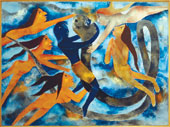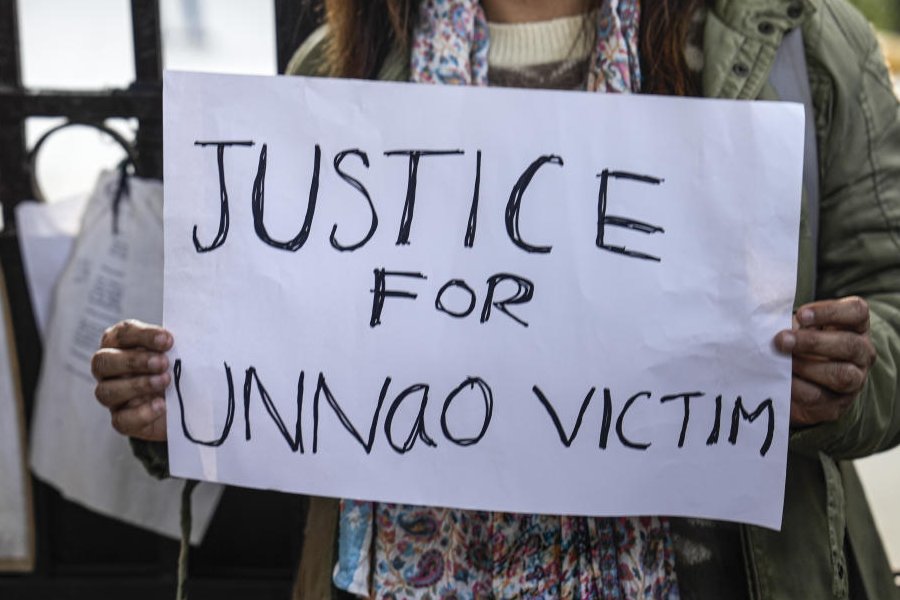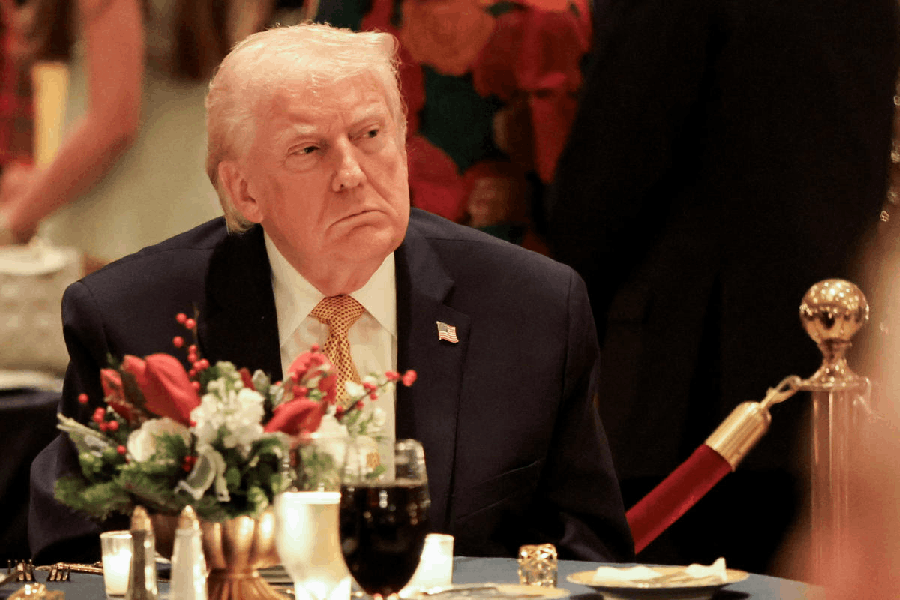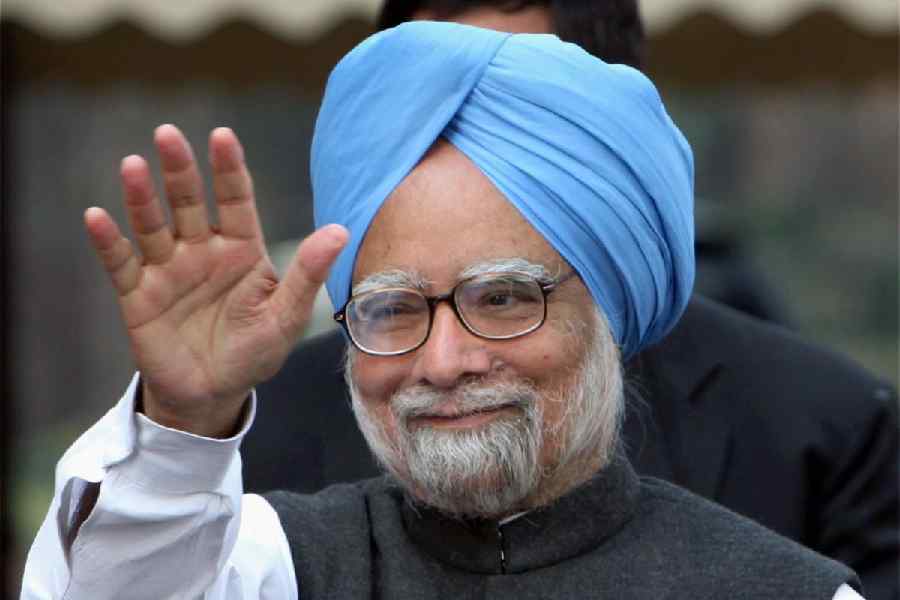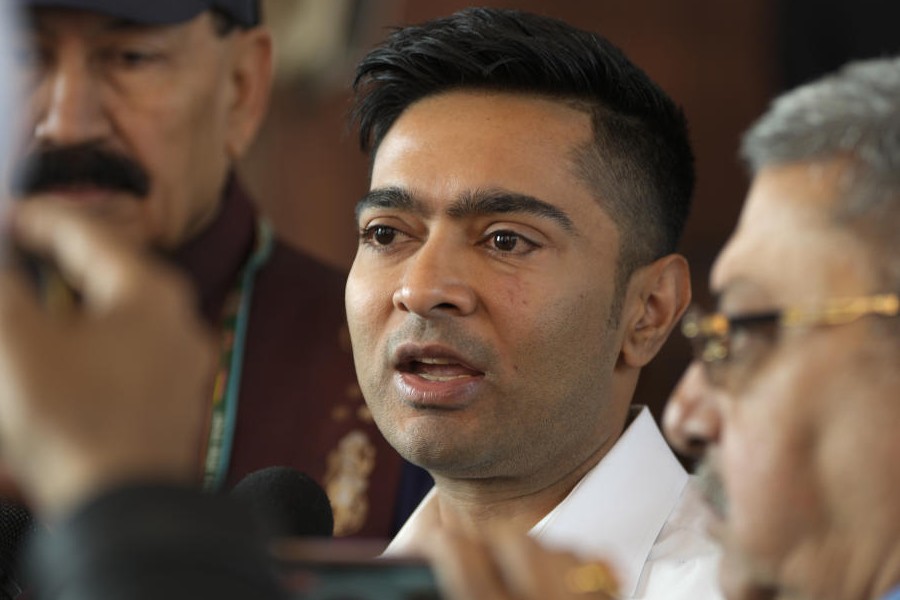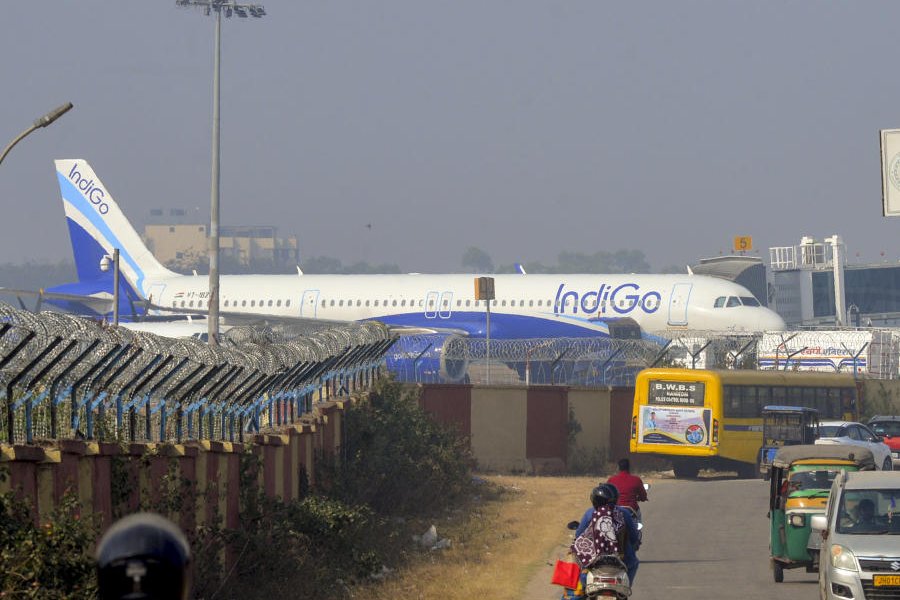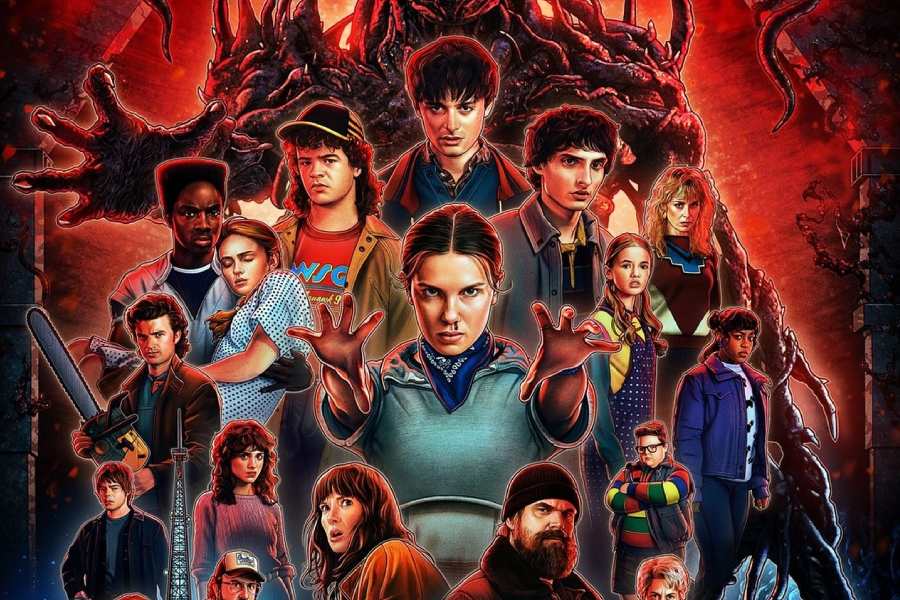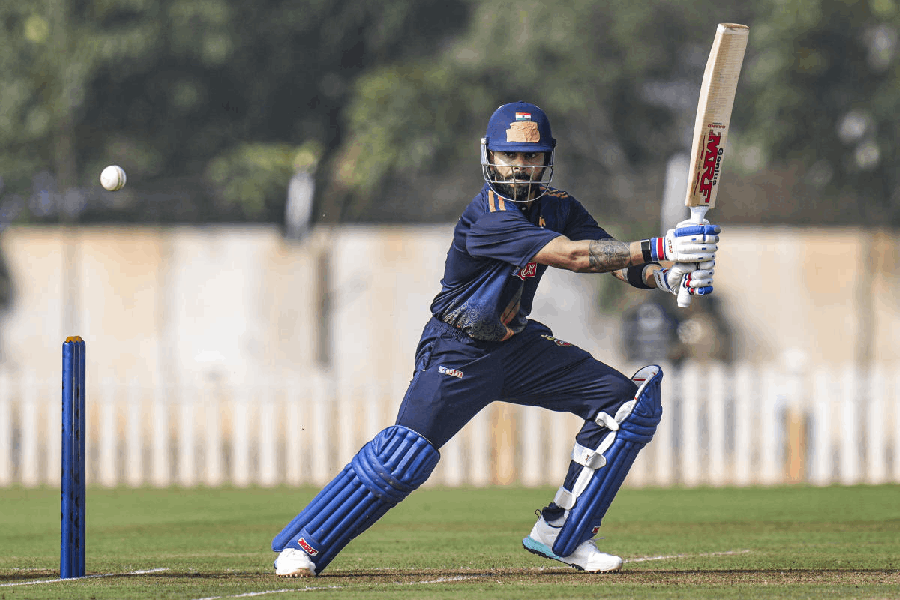 |
| Lyrical grace: A painting by Haku Shah |
It?s not a little significant that the thematic thrust of the current exhibition at the Centre of International Modern Art (CIMA) gallery is neither on Tradition and Modernity nor Tradition versus Modernity, both expressions implying an inherent dichotomy between two historically disparate phases of human ideas and attitudes. The title ?Tradition in Modernity? serves to throw the intent of the organisers in clear relief insofar as tradition is indeed an inseparable and organic part of the contemporaneous ethos.
Modernity, needless to say, is a shifting concept, changing its orientation and adapting itself to what philosophers and historians called zeitgeist. Yet in the recent Indian context, the spectacularly rapid shifts in aesthetic concepts ? the revivalist swa-deshi art of Abanindranath Ta-gore and the quest for a modern idiom in Rabindranath?s and Gaganendranath?s pictorial essays as well as in subsequent aesthetic innovations ? have little altered the character of Indian art by dismantling it either from its time-honoured pedestal of linearity or its traditional unconcern for verisimilitude. Jamini Roy may have been the first modern to underline the need to re-edify Indian art on the foundation of folk art, but, in more recent times, Haku Shah, Jyoti Bhatt, T. Vaikuntam, Laloo Prasad Shaw and Ramananda Bandyopadhyay have picturised the same idea in their own ways. These names do not exhaust the list of like-minded artists, but they are the ones showcased in this exhibition.
Shah fuses the ritualistic tribal designs into today?s living folk spirit, the earth pigments used being evocative of the mythological locales like Mathura and Vrindavan. His elongated figurations seem, moreover, to lend a vertical, if also ennobling mien, to the habitues of the idyllic milieu he creates with a mellow romantic touch. This is one area where tradition and modernity interpenetrate.
Bandyopadhyay, probably the most dexterous draughtsman of the Nandalal gharana, continues to draw artistic inspiration from his early non-urban roots. His fluid curvilinear style liberates his patachitra from the tyranny of the mechanical format typically handed down from father to son to grandson, while infusing the visuals with a lyrical grace.
Shaw, however, evokes the bhadralok past of proud Bengalis with a view to recapturing its linear particularities along with its figurative and narrative qualities. All this is accomplished in a spirit of a technically modern restatement of the social reality of a bygone era, although he ocassionally departs from such imagery by instilling purely surrealistic content into his non-linear figural constructs.
Neither in Shah?s stylised work, nor in Bandyopadhyay?s refined pictures does one, however, encounter the innuendoes of eroticism that sometimes surface in Shaw?s visual ?narratives? or in Vaikuntam?s world of voluptuous, gaudily dressed Telengana women and rustic-looking sensuous men. Bhatt?s colour intaglios involve another dimension of modernism in the Indian context. In Blue Fly he uses the Tantric space as a repository of non-Tantric figures and objects. This unfamiliar but aesthetically valid concept of space and perspective also defines modernism in the sense of a new aesthetic attitude retrieved from the hoary past.

